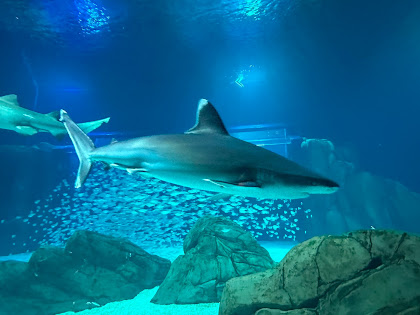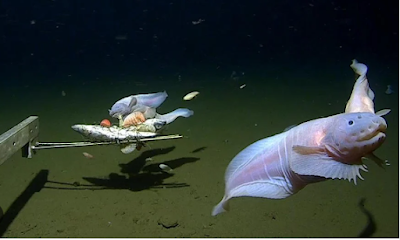Deep-Sea Explorers Spot Rare Creature: Dumbo Octopus
A rare sighting of a Dumbo octopus and new research published on these creatures have made headlines in recent months. The Dumbo Octopus is a rare creature that lives in the deep sea. In September 2023, a deep-sea expedition led by National Oceanic and Atmospheric Administration spotted this creature about a mile below the Pacific Ocean. The sighting is rare because usually this creature can be seen at a depth of 13000 feet. The scientists were able to film the octopus, and the footage shows the creature swimming gracefully through the water. Researchers from the Ocean Exploration Trust and NOAA captured footage of a Dumbo octopus on an unnamed seamount in the Papahānaumokuākea Marine National Monument, northwest of Hawaii. Dumbo octopuses get their name from their two large ear-like fins, which resemble the ears of the Disney character Dumbo.





